It's not easy to keep up with technology.
Just recently, 8K TVs hit the market, and Apple wrapped up their annual keynote on Tuesday (when they announced the new iPhone would have even more camera lenses). But what do you actually need?
To help you find the answer, we put together a list of products that didn't exist 10 years ago, but that we know will make your life better over the next decade.
1. Multi-charging USB cable
What it is: A handy adapter that can connect to whatever devices you've got via Lightning, micro USB, or USB-C for easy charging, all at the same time. They're an easy solution for anyone who carries around multiple devices that each have their own unique charging cables.
Why you need one: Whether you're a frequent traveler or you've just got a ton of different devices, a multi-charging cable is a must-have for anyone with gadgets, because it ensures you've always got the right cable.
How much to pay: They usually run between $5 and $15. Avoid the cheapest models; spending a little more gets you higher quality cables that last longer and are made with additional materials (like braided nylon) to increase durability.
Our favorite: We like YOUSAMS' 3-in-1 Nylon-Braided Multi-USB Fast-Charging Cable. It supports charging up to three devices simultaneously, it's nylon-braided, and it's long enough to give each device some slack. It's also a two-pack, so you can leave one at home and keep one in your bag.
2. Mesh networking WiFi kit
What it is: A new approach to WiFi that decentralizes your signal for better reception across your home. Most kits include three identical units that work together to ensure each of your devices are getting the fastest WiFi possible.
Why you need one: Mesh WiFi kits make it so you've got full signal wherever you are in your house. They virtually eliminate buffering and lag problems, and they're easy to administer with a smartphone app.
How much to pay: Most kits run between $180 and $500. Just remember that if you want to expand your network down the line with additional satellite units, you'll need to buy from the same brand; every manufacturer takes a different approach to mesh networking.
Our favorite: We're big fans of TP-Link's Deco M5 Mesh WiFi System because it's so affordable — and it still includes high-end features like content filtering and antivirus. The app is super simple to use, and best of all, you can monitor your network with voice commands using Amazon's digital assistant, Alexa.
3. Digital assistant
What it is: A web-connected speaker that listens for your voice commands and can do anything from telling you the weather to controlling the lights.
Why you need one: They're ridiculously convenient. Once you've gotten used to asking for your favorite music, movie tickets, or commute times, you'll never want to go back.
How much to pay: Digital assistants run between $30 and $300. The big differentiator — besides which assistant you choose: Alexa, Google , or Siri — is speaker quality. If you're okay with decent sound, you can save some money, but if you're an audiophile, you'll need to spend a lot more.
Our favorite: We're partial to the Echo Show 5 because it's got everything we like about the original Echo, plus a beautiful 5.5-inch screen. It's great with voice commands, and the on-board speaker has above-average sound so it's perfect for video calls, how-to videos, or your favorite streaming music service.
4. Gigabit modem
What it is: Home internet speeds are faster than ever now, and in many places it's possible to get 1000 Mbps service, better known as gigabit internet. To unlock those speeds, however, you'll need the right gigabit modem.
Why you need one: They're essential for getting the most out of your gigabit ISP subscription. Whether you've got multiple users streaming in 4K or a just a ton of your own devices downloading content from the web all at once, you're going to need a gigabit modem.
How much to pay: Gigabit modems cost between $150 and $300. Many do different variations on gigabit connections; for example, less expensive models will cap out at 1000 Mbps speeds, while pricier models can reach up to 2000 Mbps. Pro tip: make sure the one you buy is compatible with your ISP specifically.
Our favorite: Netgear's Nighthawk CM1200 is the best one out there by a long shot. It's compatible with all of the big ISPs, it supports speeds up to 2000 Mbps, and it goes on sale regularly.
5. Robotic vacuum
What it is: In the olden times (ten years ago), people used to have to push vacuum cleaners around themselves, and it was just as barbaric as it sounds. Now we've got robot vacuums to do the dirty work for us, and they use built-in AI to make sure every inch is covered.
Why you need one: They're the perfect solution for anyone who likes to keep things clean but hates vacuuming. Set everything up on your phone and make it look like you worked hard cleaning.
How much to pay: Robot vacuums typically run between $150 and $800. There's a wide variety of options, so it's not hard to find one that's the perfect size for your home.
Our favorite: iRobot's entry-level model, the Roomba 614, is a rock star. It's good with dust, dirt, and pet fur, plus it can run for 90 minutes before needing to recharge.
6. Truly wireless earbuds
What they are: Headphones that come as two separate earpieces that can wirelessly connect to your smartphone and each other.
Why you need one: Truly wireless earbuds are the ultimate in mobile audio and convenience. Pop them in your ears and get instant, high-quality audio — no wires required.
How much to pay: Prices range from $30 to $200, but we generally advise planning on spending at least $125. Models in the $30 to $50 price range typically have small batteries and struggle to produce realistic bass.
Our favorite: Apple has yet another best-in-class product with their AirPods. They sound incredible, they last up to five hours for music playback, and they even include a carrying case that doubles as a charging station.
7. Video doorbell
What it is: A new kind of doorbell that's got WiFi, speakers, a microphone, and a camera on board, so you can answer your door from your smartphone even if you're not home.
Why you need one: It's the best way to protect your package deliveries from being stolen. They're ideal for anyone who's away from home often but still wants to be able to monitor and answer their front door.
How much to pay: Video doorbells cost anywhere between $50 and $250. As you spend more, you get more features, like better video resolution, motion detection, and access to cloud-based storage subscription services for keeping recordings.
Our favorite: We like the eufy Security Wi-Fi Video Doorbell, because it's got all the right features (like motion detection, and an app that's easy to use), but it records video locally so you don't have to pay for a monthly subscription fee like you do with more popular video doorbells.
8. Network attached storage
What it is: A server for your home network that stores all of your files, making them accessible to other devices. They're ideal for computer backups or anyone with lots of digital content.
Why you need one: Whether you've got a giant MP3 collection, thousands of photos, or tons of TV and movie files, a network-attached storage (NAS) device is ideal. In most cases, you'll need to bring your own hard drives.
How much to pay: NAS devices range from $150 to $1,250. Less expensive devices hold two hard drives, and more expensive models can hold up to eight hard drives at once.
Our favorite: Our go-to option for NAS devices is the Synology DiskStation DS218+. It holds two hard drives, but the killer feature is the on-board transcoding: Using applications like Plex, you can stream video to any other devices, and the NAS will make sure it's in an ideal format for each device.
9. Virtual reality goggles
What they are: Glasses that connect to a game console or smartphone and isolate your field of view to just what they show for a completely immersive experience.
Why you need a pair: Whether you're eager to get into virtual reality gaming or you're simply curious about what it feels like to visit virtual tourist destinations, there's never been a better time to jump in.
How much to pay: Models that work with your smartphone cost between $15 and $50. Goggles that work with PCs and gaming consoles cost between $200 and $500.
Our favorite: Call us old school, but we still love Google Cardboard. They're VR goggles made from cardboard, perfect for use with your smartphone. Fold them together, drop your phone in, and you're all set to enjoy VR!
10. Smart light bulbs
What they are: Light bulbs that have built-in WiFi so you can control them with a smartphone app or a voice-based digital assistant.
Why you need them: Smart bulbs are great for security, but we also love them for the convenience. Keep the lights on while you're away or set them up so you can light up entire rooms with a single voice command.
How much to pay: Smart bulbs start around $20, but you can get a better deal by buying them in multi-packs. Multi-color bulbs run between $25 and $45 each.
Our favorite: LUMIMAN's Smart WiFi Light Bulb has a full range of RGB colors at a price point that's hard to beat. It's compatible with Alexa, and it's an easy replacement for any standard 60w bulb.
Original report:
https://www.chicagotribune.com/consumer-reviews/sns-bestreviews-electronics-these-products-didnt-exist-10-years-ago-but-you-should-have-them-now-20190911-story.html
Just recently, 8K TVs hit the market, and Apple wrapped up their annual keynote on Tuesday (when they announced the new iPhone would have even more camera lenses). But what do you actually need?
To help you find the answer, we put together a list of products that didn't exist 10 years ago, but that we know will make your life better over the next decade.
1. Multi-charging USB cable
What it is: A handy adapter that can connect to whatever devices you've got via Lightning, micro USB, or USB-C for easy charging, all at the same time. They're an easy solution for anyone who carries around multiple devices that each have their own unique charging cables.
Why you need one: Whether you're a frequent traveler or you've just got a ton of different devices, a multi-charging cable is a must-have for anyone with gadgets, because it ensures you've always got the right cable.
How much to pay: They usually run between $5 and $15. Avoid the cheapest models; spending a little more gets you higher quality cables that last longer and are made with additional materials (like braided nylon) to increase durability.
Our favorite: We like YOUSAMS' 3-in-1 Nylon-Braided Multi-USB Fast-Charging Cable. It supports charging up to three devices simultaneously, it's nylon-braided, and it's long enough to give each device some slack. It's also a two-pack, so you can leave one at home and keep one in your bag.
2. Mesh networking WiFi kit
What it is: A new approach to WiFi that decentralizes your signal for better reception across your home. Most kits include three identical units that work together to ensure each of your devices are getting the fastest WiFi possible.
Why you need one: Mesh WiFi kits make it so you've got full signal wherever you are in your house. They virtually eliminate buffering and lag problems, and they're easy to administer with a smartphone app.
How much to pay: Most kits run between $180 and $500. Just remember that if you want to expand your network down the line with additional satellite units, you'll need to buy from the same brand; every manufacturer takes a different approach to mesh networking.
Our favorite: We're big fans of TP-Link's Deco M5 Mesh WiFi System because it's so affordable — and it still includes high-end features like content filtering and antivirus. The app is super simple to use, and best of all, you can monitor your network with voice commands using Amazon's digital assistant, Alexa.
3. Digital assistant
What it is: A web-connected speaker that listens for your voice commands and can do anything from telling you the weather to controlling the lights.
Why you need one: They're ridiculously convenient. Once you've gotten used to asking for your favorite music, movie tickets, or commute times, you'll never want to go back.
How much to pay: Digital assistants run between $30 and $300. The big differentiator — besides which assistant you choose: Alexa, Google , or Siri — is speaker quality. If you're okay with decent sound, you can save some money, but if you're an audiophile, you'll need to spend a lot more.
Our favorite: We're partial to the Echo Show 5 because it's got everything we like about the original Echo, plus a beautiful 5.5-inch screen. It's great with voice commands, and the on-board speaker has above-average sound so it's perfect for video calls, how-to videos, or your favorite streaming music service.
4. Gigabit modem
What it is: Home internet speeds are faster than ever now, and in many places it's possible to get 1000 Mbps service, better known as gigabit internet. To unlock those speeds, however, you'll need the right gigabit modem.
Why you need one: They're essential for getting the most out of your gigabit ISP subscription. Whether you've got multiple users streaming in 4K or a just a ton of your own devices downloading content from the web all at once, you're going to need a gigabit modem.
How much to pay: Gigabit modems cost between $150 and $300. Many do different variations on gigabit connections; for example, less expensive models will cap out at 1000 Mbps speeds, while pricier models can reach up to 2000 Mbps. Pro tip: make sure the one you buy is compatible with your ISP specifically.
Our favorite: Netgear's Nighthawk CM1200 is the best one out there by a long shot. It's compatible with all of the big ISPs, it supports speeds up to 2000 Mbps, and it goes on sale regularly.
5. Robotic vacuum
What it is: In the olden times (ten years ago), people used to have to push vacuum cleaners around themselves, and it was just as barbaric as it sounds. Now we've got robot vacuums to do the dirty work for us, and they use built-in AI to make sure every inch is covered.
Why you need one: They're the perfect solution for anyone who likes to keep things clean but hates vacuuming. Set everything up on your phone and make it look like you worked hard cleaning.
How much to pay: Robot vacuums typically run between $150 and $800. There's a wide variety of options, so it's not hard to find one that's the perfect size for your home.
Our favorite: iRobot's entry-level model, the Roomba 614, is a rock star. It's good with dust, dirt, and pet fur, plus it can run for 90 minutes before needing to recharge.
6. Truly wireless earbuds
What they are: Headphones that come as two separate earpieces that can wirelessly connect to your smartphone and each other.
Why you need one: Truly wireless earbuds are the ultimate in mobile audio and convenience. Pop them in your ears and get instant, high-quality audio — no wires required.
How much to pay: Prices range from $30 to $200, but we generally advise planning on spending at least $125. Models in the $30 to $50 price range typically have small batteries and struggle to produce realistic bass.
Our favorite: Apple has yet another best-in-class product with their AirPods. They sound incredible, they last up to five hours for music playback, and they even include a carrying case that doubles as a charging station.
7. Video doorbell
What it is: A new kind of doorbell that's got WiFi, speakers, a microphone, and a camera on board, so you can answer your door from your smartphone even if you're not home.
Why you need one: It's the best way to protect your package deliveries from being stolen. They're ideal for anyone who's away from home often but still wants to be able to monitor and answer their front door.
How much to pay: Video doorbells cost anywhere between $50 and $250. As you spend more, you get more features, like better video resolution, motion detection, and access to cloud-based storage subscription services for keeping recordings.
Our favorite: We like the eufy Security Wi-Fi Video Doorbell, because it's got all the right features (like motion detection, and an app that's easy to use), but it records video locally so you don't have to pay for a monthly subscription fee like you do with more popular video doorbells.
8. Network attached storage
What it is: A server for your home network that stores all of your files, making them accessible to other devices. They're ideal for computer backups or anyone with lots of digital content.
Why you need one: Whether you've got a giant MP3 collection, thousands of photos, or tons of TV and movie files, a network-attached storage (NAS) device is ideal. In most cases, you'll need to bring your own hard drives.
How much to pay: NAS devices range from $150 to $1,250. Less expensive devices hold two hard drives, and more expensive models can hold up to eight hard drives at once.
Our favorite: Our go-to option for NAS devices is the Synology DiskStation DS218+. It holds two hard drives, but the killer feature is the on-board transcoding: Using applications like Plex, you can stream video to any other devices, and the NAS will make sure it's in an ideal format for each device.
9. Virtual reality goggles
What they are: Glasses that connect to a game console or smartphone and isolate your field of view to just what they show for a completely immersive experience.
Why you need a pair: Whether you're eager to get into virtual reality gaming or you're simply curious about what it feels like to visit virtual tourist destinations, there's never been a better time to jump in.
How much to pay: Models that work with your smartphone cost between $15 and $50. Goggles that work with PCs and gaming consoles cost between $200 and $500.
Our favorite: Call us old school, but we still love Google Cardboard. They're VR goggles made from cardboard, perfect for use with your smartphone. Fold them together, drop your phone in, and you're all set to enjoy VR!
10. Smart light bulbs
What they are: Light bulbs that have built-in WiFi so you can control them with a smartphone app or a voice-based digital assistant.
Why you need them: Smart bulbs are great for security, but we also love them for the convenience. Keep the lights on while you're away or set them up so you can light up entire rooms with a single voice command.
How much to pay: Smart bulbs start around $20, but you can get a better deal by buying them in multi-packs. Multi-color bulbs run between $25 and $45 each.
Our favorite: LUMIMAN's Smart WiFi Light Bulb has a full range of RGB colors at a price point that's hard to beat. It's compatible with Alexa, and it's an easy replacement for any standard 60w bulb.
Original report:
https://www.chicagotribune.com/consumer-reviews/sns-bestreviews-electronics-these-products-didnt-exist-10-years-ago-but-you-should-have-them-now-20190911-story.html

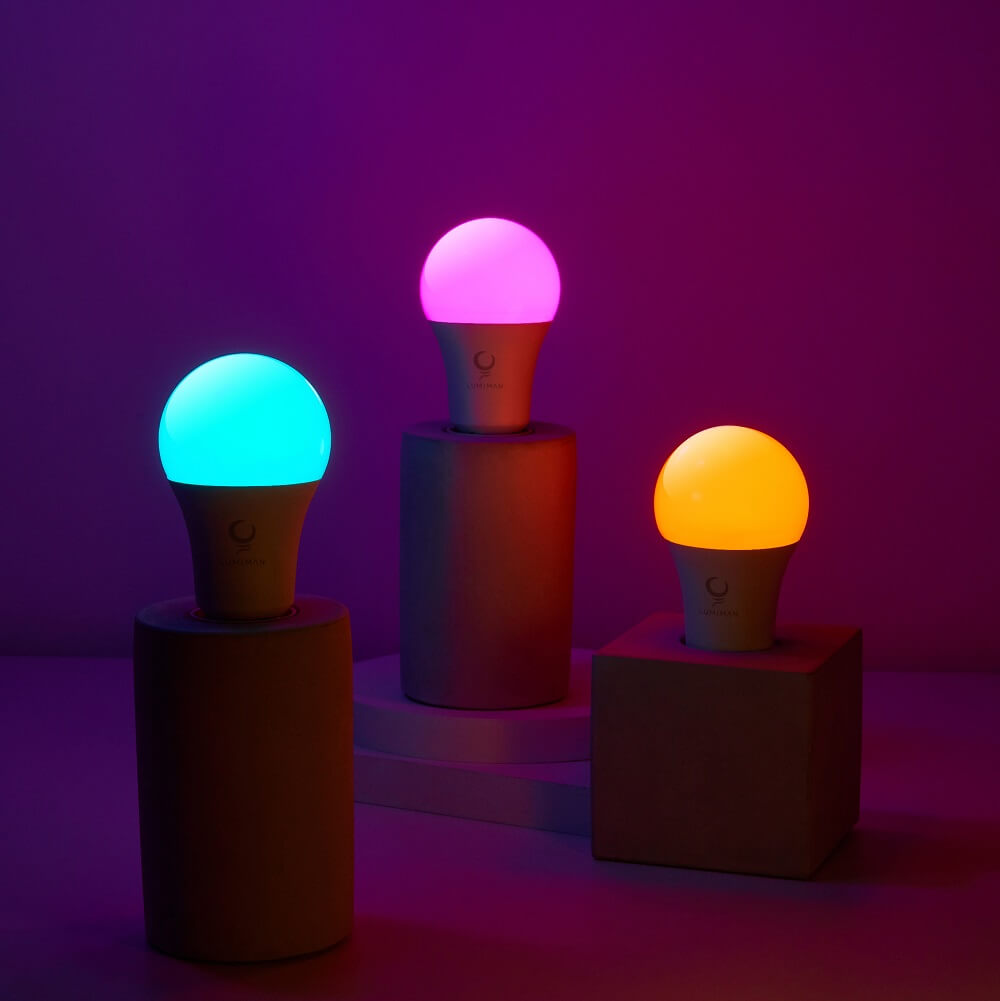

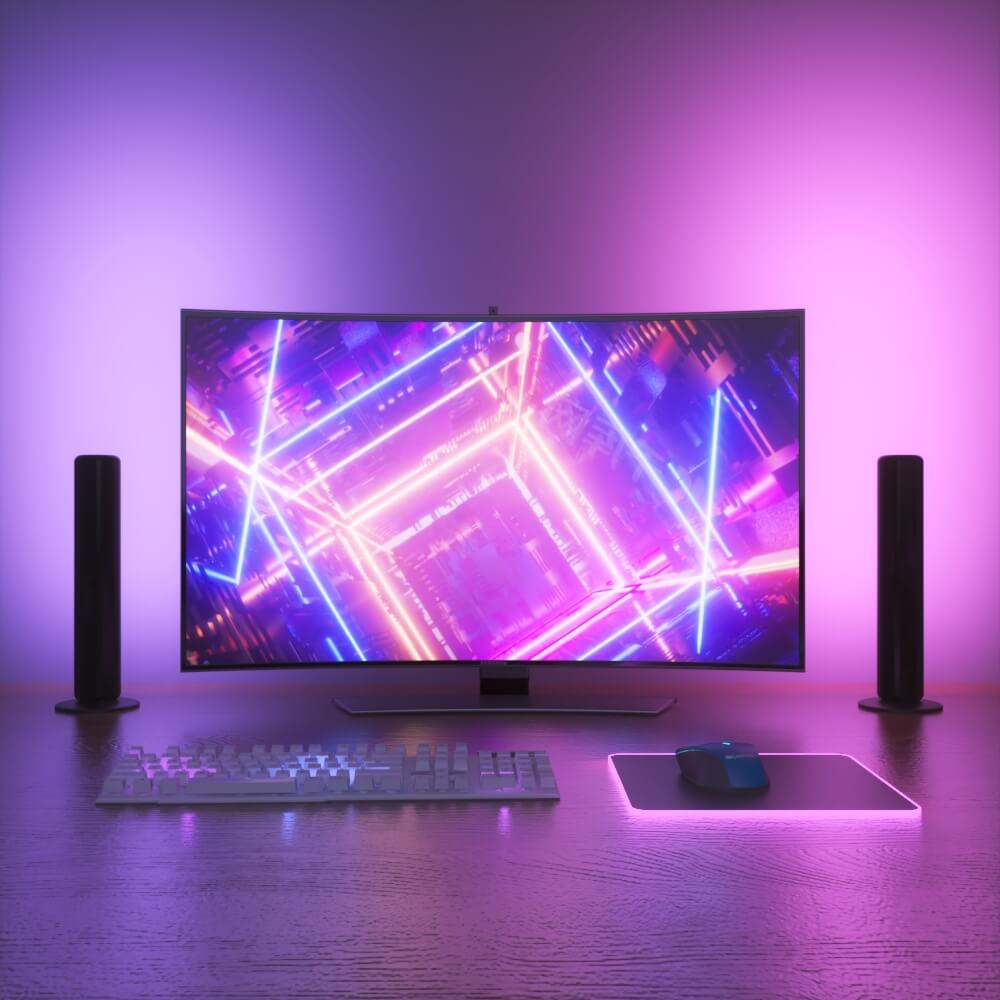
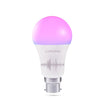
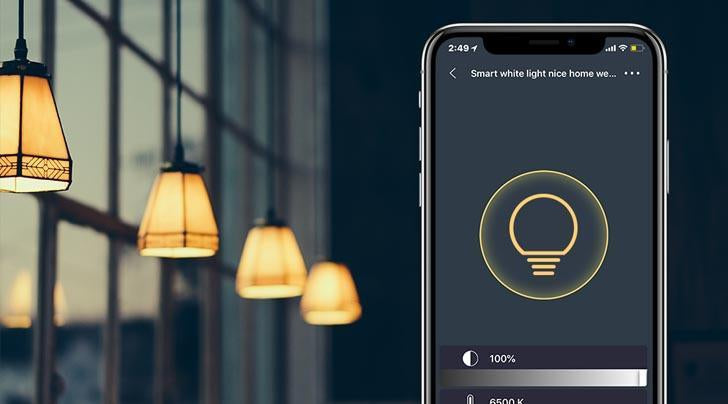

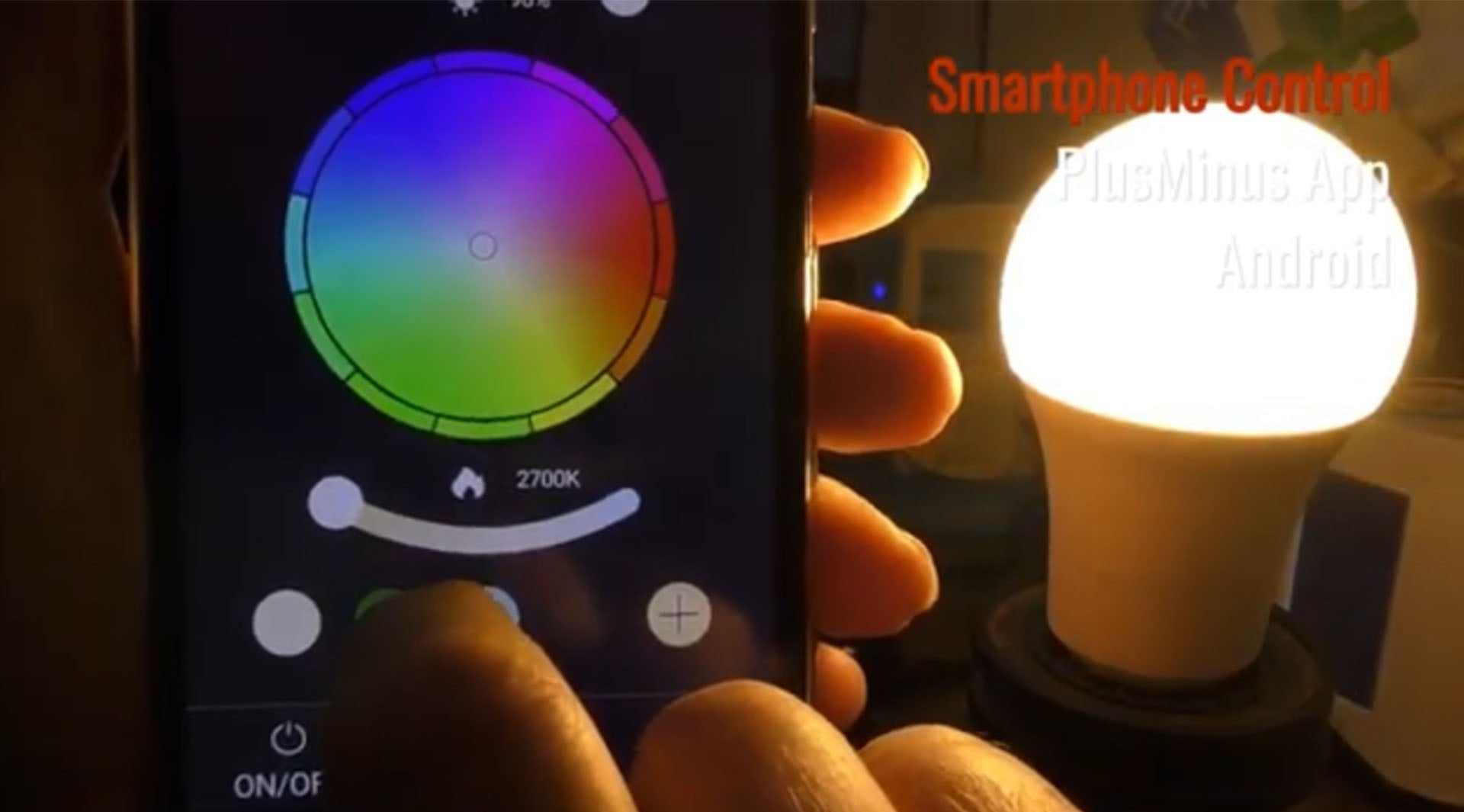
Leave a comment
All comments are moderated before being published.
This site is protected by hCaptcha and the hCaptcha Privacy Policy and Terms of Service apply.